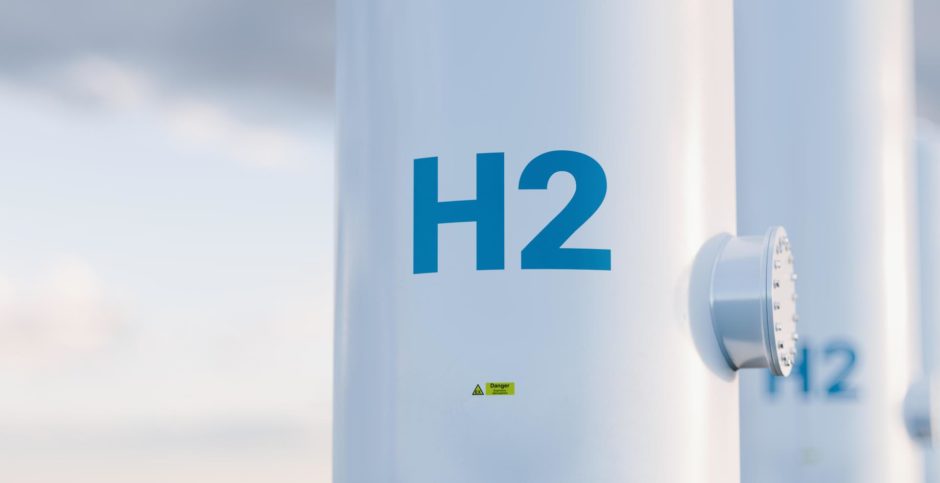
As reported by Energy Voice, The Climate Change Committee (CCC) recently issued its Sixth Carbon Budget, The UK’s path to Net Zero.
A landmark report by the UK’s leading climate group. As I have a keen interest in net zero pathways, I read the report with much interest.
In my opinion hydrogen is being over-sold by much of the general and scientific media so I reviewed the report with a specific interest in electrification and hydrogen.
The CCC report sets out a base case ‘The Balanced Net Zero Pathway’ reporting its position on –
Surface transport
Buildings
Manufacturing and construction
Electricity generation
Fuel supply
Agriculture and land use, land-use change and forestry
Aviation
Shipping
Waste
F-gases
Greenhouse gas removals
Here are some eyecatchers.
Surface Transport – By 2032 all new car sales will be BEVs. No place then for the hydrogen fuel cell passenger car. The hydrogen fuel cell powertrain is expected to be used for heavy haulage with a 45/55, battery/hydrogen split by 2035. In my view the next decade will see battery developments further reducing energy per unit mass and this will make large inroads into the 45/55 split.
Buildings – The CCC report states – ‘By 2050 all heat demand is met by low-carbon sources of which 52% is heat pumps, 42% is district heat, 5% is hydrogen boilers and around 1% new direct electric.’ So no significant role for hydrogen. The proposed increase in heat pump deployment is remarkable; 27 million residential units by 2050.
Also, all new buildings are zero-carbon by 2025. Why wait until 2025 when we can start that now?
Manufacturing and Construction – By 2045, electrification and hydrogen are estimated to reduce CO2 emissions by 14 million tonnes each. Both contribute 3% of the reduction to the UK’s 2020 emissions of 500 million tonnes. A much smaller impact than surface transport or buildings.
Electricity Generation – as expected electricity generation is dominated by renewables. Hydrogen is seen as providing dispatchable low carbon generation. That is electricity generation to cover for the intermittency of renewables. Three options for dispatchable are given – gas with CCS, bioenergy with CCS and hydrogen. By 2050 dispatchable energy provision is around 10% of electricity generation. Of which a portion will be from stored hydrogen. Again hydrogen is a small player.
The CCC report also recognises that dispatchable generation can be provided by hydro, batteries and interconnectors. For me it is surprising that thermal storage is not mentioned as dispatchable.
Aviation – the CCC expect that this sector cannot be decarbonised by 2050 with more than half of the 2020 CO2 emissions still being produced. Savings are made from minor fuel efficiency improvements and 9% from electric hybrids. The majority of savings are delivered by biofuels, low carbon hydrogen is a bit player.
Shipping – here the largest savings (87%) come from using ammonia. With ammonia being hydrogen derived this is a sector where CCC expect a significant role for hydrogen. However, shipping CO2 emissions were only 15 million tonnes. So shipping only accounts for 3% of the UK’s emissions.
As someone who cut his teeth working for ICI on a nitric acid plant where ammonia is converted to nitrous oxides, the thought of on-ship ammonia storage is troubling. Ammonia is both toxic and highly flammable.
First impression of the CCC report is that it has much to commend it. Whilst hydrogen has a role in delivering net zero, it is certainly not the silver bullet touted by many.
Tom Baxter is visiting professor of chemical engineering at Strathclyde University and a retired technical director at Genesis Oil and Gas Consultants
